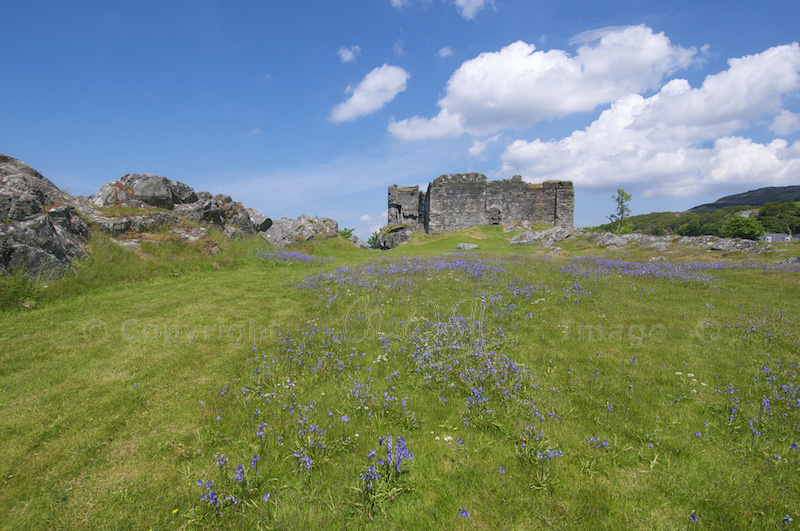
Castle Sween: still watching for the sails
 Back in 1984, Colin and I were driving down the shore of Loch Sween in Knapdale, looking for a campsite and pretending it wasn’t raining. I’d seen on the map that there was a castle close by, and I was keeping an eye out for it.
Back in 1984, Colin and I were driving down the shore of Loch Sween in Knapdale, looking for a campsite and pretending it wasn’t raining. I’d seen on the map that there was a castle close by, and I was keeping an eye out for it.
But we’d driven past Castle Sween before we realised it was there. It was surrounded by trees and pretty inaccessible, although we did our best by picking our way over some seaweedy, slippery boulders. I seem to remember that it was impossible to go inside – in the end, we gave up and just viewed it from a respectful distance.
How different was our experience last Sunday.


The afternoon was warm, creeping dizzily towards the Scottish version of ‘hot’, so we were glad of the shade under the mountain ash and beech trees as we walked down to the castle. The path took us through the grounds of our old campsite, which has now been upgraded to a static caravan park. The scent of bluebells was wafting around on the breeze, and warblers were pouring out their song overhead.
Since our visit nearly 30 years ago, much has been done to make Castle Sween easier to admire. The grass is mown, and the walls have had just enough careful restoration without making them too people-friendly. You are warned not to climb on them, but no one tells you not to creep through the small hole at ground level that leads into one of the corner towers. We both took turns to do this (I wanted a torch but was told not to be a wimp). Apparently, this was the site of one of the castle’s many latrines. (Ah, yes, great! How long ago? OK, then).

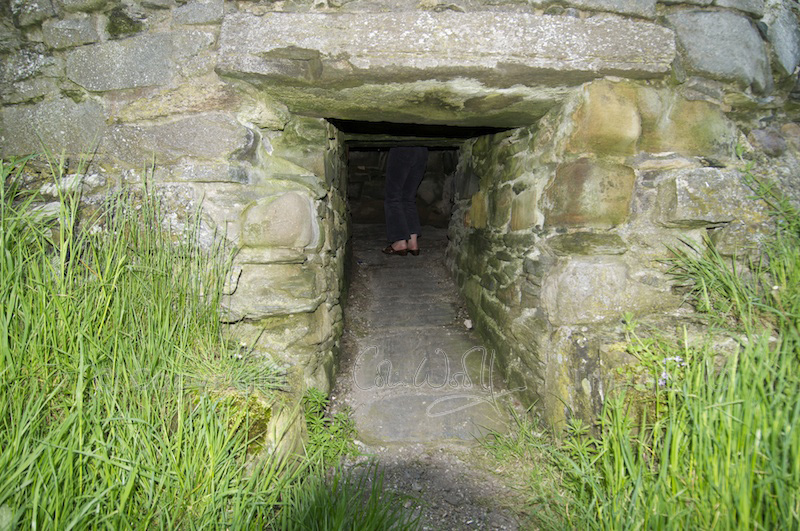

The man who is credited with building Castle Sween is known as Suibhne Ruadh (Sweeney the Red, or Red-haired). Some historians suggest that he was descended from a long line of Irish kings, while others argue that his name is derived from the Norse name ‘Sven’. Since ‘Sven’ conjures an image in my mind of a humourless and taciturn Bond villain, I think I’ll call him Suibhne.
Suibhne’s grandfather was called Hugh the Splendid, and I am already liking him much better. Hugh died in 1047, so it’s reasonable to suppose that his grandson built Castle Sween sometime during the 12th century. This makes it one of the oldest surviving castles in Scotland.
Canmore, the database of the Royal Commission on the Ancient and Historical Monuments of Scotland, states that the original structure consisted of four enclosing walls, six to seven feet thick, on the inside of which were three ranges of timber buildings grouped around a small courtyard. Towers and more rooms were added by successive owners, but the original shape remains pretty much the same. I was interested to see that each of the towers had been modified to house a latrine. Obviously no one who lived here wanted to have to walk very far to the loo.




Castle Sween was purpose-built to take advantage of Loch Sween’s natural assets. Sea power, in those days, was everything, and Loch Sween must have presented an awe-inspiring sight with a fleet of galleys in full sail. Suibhne and his descendants came to govern lands that extended up to Loch Awe and across Kintyre to Skipness, but for some reason – probably not amicable – at the end of the 13th century their possessions fell to the Earls of Menteith.
During the Scottish Wars of Independence the MacSweens allied themselves with the English king, Edward I. Their hope was that Edward would reward them by restoring their lands to them, but they reckoned without Robert the Bruce. The Bruce made sure the castle was given to one of his own supporters, along with the island of Islay. I can just picture the scene…
– “Step forward, Angus Og, my loyal kinsman! How can I ever thank you?”
– “Sire, I crave no reward save the honour of fighting by your side. But now that you ask, I’ve always wanted a castle.”
– “Ah! You can have Castle Sween. It needs a bit of renovation work, and you might want to add some latrines. I was hard pressed to find one when I was last there. Dammit, you can have Islay as well. I’m the King!”
In the late 1300s at least half of Knapdale, including Castle Sween, was held by the MacDonalds, Lords of the Isles. For several generations the keepers or ‘constables’ of the castle were the MacNeills and then the Macmillans. In the 15th century the Macmillan chief built the big rectangular north-east tower, which bears his name, and he is also responsible for a beautiful stone cross at nearby Kilmory Knap Chapel, which I will tell you about soon.





The supremacy of the Lords of the Isles would soon come to an end. In 1481, James III appointed Colin Campbell, 1st Earl of Argyll, as the castle’s keeper, and in 1493 James IV brought the whole of the west coast and its islands firmly under his control. After that, Castle Sween appears to have remained in Campbell ownership. The Royal Commission on the Ancient and Historical Monuments of Scotland reveals that the east courtyard was cleared of major buildings and given over to metal working in the early 1600s.
One of the notices at the castle states rather sadly that:
“During the British Civil War, Castle Sween was attacked and burned in 1644 by Alisdair MacColla and his Clan Donald, during his ravaging of the clan Campbell’s Argyll. The Castle has been a ruin ever since.”
Despite being a ruin, Castle Sween still has an air about it, difficult to fathom. On the landward side it presents a massive wall of silence, but once you go inside you realise that the whole place is looking south-west, down the loch and across the Sound of Jura, almost as if it is watching for the distant sails of a returning fleet.
 While researching this article, I came across a contemporary reference to Castle Sween in The Dean of Lismore’s Book, a collection of ancient poetry compiled by Sir James McGregor, the Dean of Lismore, and dated 1512.
While researching this article, I came across a contemporary reference to Castle Sween in The Dean of Lismore’s Book, a collection of ancient poetry compiled by Sir James McGregor, the Dean of Lismore, and dated 1512.
The poems are written principally in Gaelic, but also in Scots and Latin. A translation was made by the Revd Thomas McLaughlan in 1862. This particular poem is credited to Blind Arthur McGurkich, and appears to describe an attempt by John MacSween, possibly during the 13th century, to regain his rightful inheritance by attacking the castle from the sea, although there is no historical reference to such an event. The bards always did have a massive degree of poetic licence!
The translator has left a footnote to say that this poem caused him a particular headache, owing to its archaic vocabulary. I am not going to reproduce it all, but I have chosen a couple of sections that I think seize the spirit of the place:
“The assembled fleet at Castle Sween,
Pleasant tidings in Innisfail,
Of all the riders of the waves,
A finer ship no man e’er owned.
Tall men did manage the ship,
Men, I think, to urge their way;
No hand without a champion,
A slashing, vigorous, noble band.
With coats of black all were supplied,
In this bark, noble their race,
Bands with their brown, broad belts,
Danes and nobles were they all.
Chieftains with ivory and gold,
The crew on board this brown-sailed ship
Each with a sheaf of warriors’ spears,
Shields on their hooks hung round the sides.
Wide-spread wings, speckled sails,
Bearing purple, all of gems;
A long, handsome, gentle band…”“…John McSween, sail thou the ship,
On the ocean’s fierce-topped back;
Raise aloft the vessel’s masts,
Let thy bark now test the sea.
A leading wind then for them rose,
At Kyle Aca as rose the tide;
The speckled sails were roundly bellied,
As John ran swiftly for the land.
We entered the cheerful anchorage
In the bay of fruitful Knapdale;
The noble hero, lordly, shapely,
Comely, masted, swift, victorious,
He was then near Albin’s walls,
Helpful, welcoming his men.”
Notes: The translator suggests that Kyle Aca is possibly an old name for entrance to Loch Sween (not Kyle Akin, as you would suppose).
The Dean of Lismore’s Book is now held in the National Library of Scotland.
Sources:
- RCAHMS
- Knapdale People
- Undiscovered Scotland
- Am Baile
- The Dean of Lismore’s Book
Castle Sween is maintained by Historic Scotland.
All photos copyright © Colin & Jo Woolf
If you enjoyed this, please take a look at these other features on The Hazel Tree:
Duart Castle – ancient seat of Clan Maclean, on the Isle of Mull;
- Skipness Castle – overlooking Kilbrannan Sound in Kintyre;
- Kilchurn Castle – a romantic ruin on an island in Loch Awe;
- Kilmory Knap Chapel – just down the road from Castle Sween, and one of the most beautiful places I have ever visited!
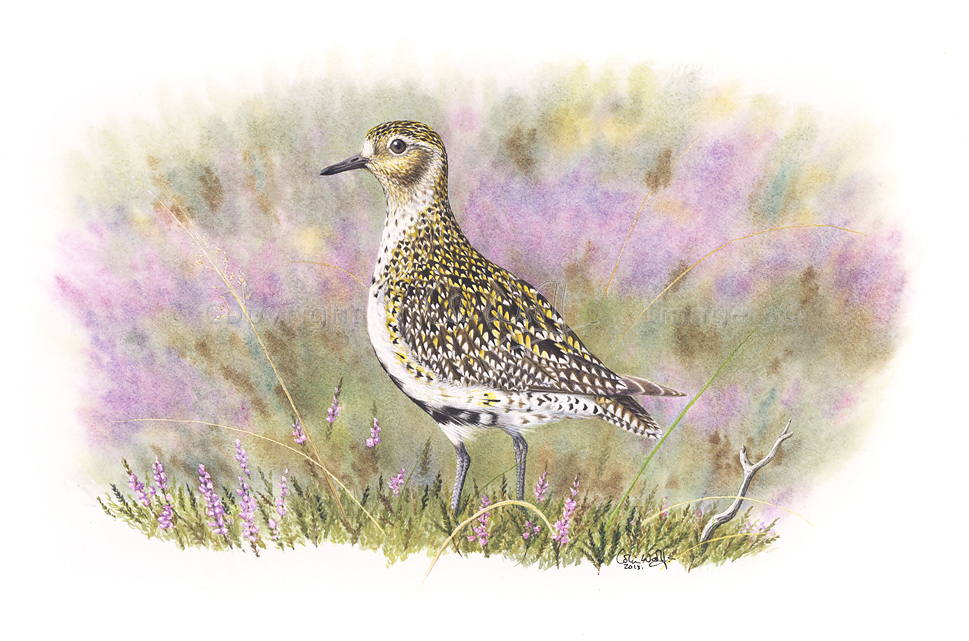





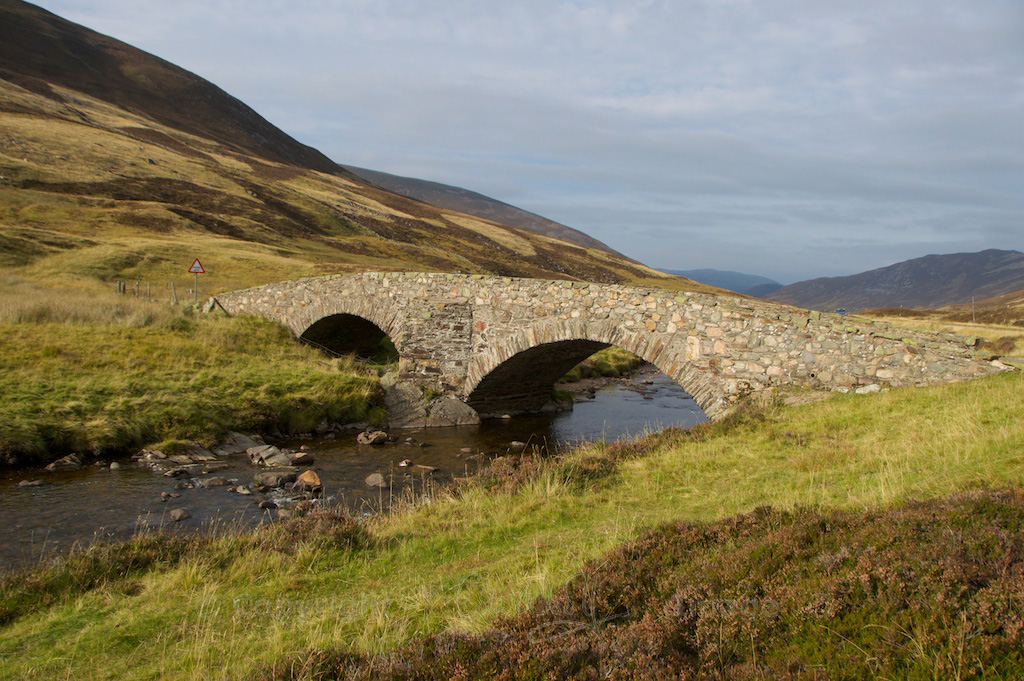
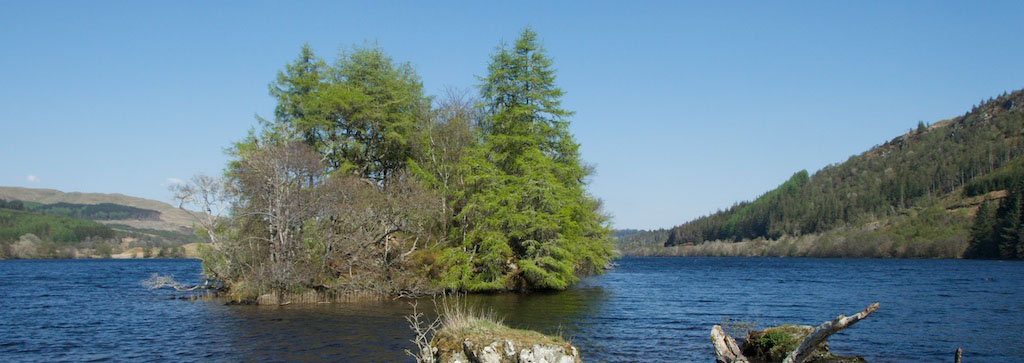
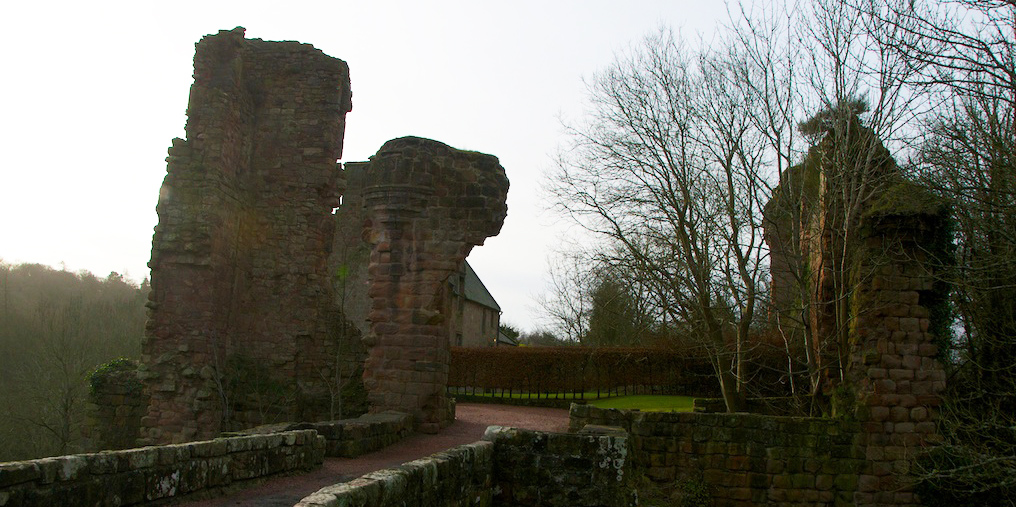
31 Comments
tearoomdelights
What a wonderful bit of research, Jo, and how interesting to visit the place again so many years after you first came across it. Your photos are beautiful and I like your idea of the conversation Robert the Bruce had. Very civilised, having four latrines, wasn’t it? I couldn’t help thinking about haggis as I read this post (MacSween’s).
By the way, I can’t hit the ‘like’ button, unfortunately, it’s been greyed out on all the blogs I’ve looked at over the last couple of days – a WP glitch, perhaps.
Jo Woolf
Thank you, Lorna! Yes, I think the latrines must represent the first-ever version of an en suite! I didn’t associate MacSween’s with haggis, I’m guessing they are a big haggis producer? Sorry that your ‘like’ button isn’t showing properly – I have had a similar problem with people’s posts recently where the ‘likes’ seem to be forever loading. Come to think of it, I have also tried ‘liking’ a few posts this morning and the page just refreshed automatically without ‘liking’, though it worked the second time. So yes, I think it’s a bug! 🙁
Ally
I’ve been having the same problem with ‘like’ buttons that Lorna describes. Frustrating! But yours is working for me. 🙂
Jo Woolf
Very frustrating! I hope they get it fixed soon!
Ally
Oh so interesting Jo! I really enjoyed reading this piece.
The photos are stunning.
I also enjoyed your Robert the Bruce conversation. It gave me a chuckle.
I always enjoy your posts. 🙂
Jo Woolf
Thank you very much, Ally! That’s very kind of you to say so. I really enjoyed writing about Castle Sween – it was almost as good as going back there (but another visit would be very nice!) 🙂
Homestead Ramblings
Oh my, what a wonderful place. I can imagine sitting on those grassy knolls and finding a wealth of inspiration for all kinds of adventurous stories unfold right before my eyes. You can almost see it happening . . .
Jo Woolf
You certainly can! It really is the kind of place that captures your imagination.
J. G. Burdette
What a wonderful place. I’d love to explore that.
Jo Woolf
I’m sure you would love it. It was a joy to walk around it in such wonderful weather!
Susan Abernethy
Wonderful post Jo. I liked it very much.
Jo Woolf
Thank you very much, Susan, I’m glad you liked it – and thanks for sharing on Facebook!
ordinarygood
I wonder who named “Hugh, the Splendid”….his doting parents or his glorious self?
I am constantly surprised to see the stone ruins in your travels. Obviously no earthquakes where you live.
What a transition in 30 years…..I enjoyed your tour.
Jo Woolf
I’d love to think it was his parents! 🙂 There’s a Blackadder episode just waiting to be written for Hugh the Splendid! I wonder how Castle Sween would have stood up to an earthquake – pretty well, I think, considering the seven-foot-thick walls. Glad you enjoyed the tour!
Steve Schwartzman
You must be glad to have made it back to these ruins after three decades. I appreciate your detailed treatment of the site in words and pictures.
Jo Woolf
Thank you! Yes, we were pleased to go back there and spend some more time – it was much friendlier weather the second time around!
lynnmcmvt
Thanks so much for the tour on your return trip to Castle Sween! My family visited in 1982 (a castle with a Macmillan Tower was a must-see for a bunch of McMillans) and we were disappointed we couldn’t get closer. I’d have a hard time with the ‘new entrance’ but it was obviously worthwhile to make the trip. When you mentioned all the garderobes, my fist thought was that a woman must have been behind that! Perhaps an old woman who was tired of making long trips during the night! 😉 I hope to get back to Sween now that I know it’s a friendlier place to visitors.
Jo Woolf
You are welcome, and I am glad you enjoyed it! Certainly a Macmillan tower would be of particular interest to anyone who shares that name! (I wonder if you also saw the Macmillan cross, which is further on in Kilmory chapel?) You are probably quite right, that the lady of the castle wanted a bathroom close at hand, wherever she was! I would love to have seen it in its heyday, with the hall and other rooms as they were then. Had a quick look at your blog, love your art work by the way! And your cats! 🙂
blosslyn
Lovely post. We were in Scotland on holiday a few weeks ago and very nearly took the sign post to Castle Sween and the chapel, but took the other route to find another chapel. So it is really lovely to see your photos its almost as good as a visit and having a guided tour. I have a few posts of the area on my blog, but I love the detail that you have gone into, I know from the small about I do it takes a lot of time and research, I love the research but it is the time I am short of. I will enjoy looking back through your posts and thank you for sharing 🙂
Jo Woolf
Thank you! I’m glad that it felt like a ‘virtual tour’! I had a quick look at your blog and it looks very interesting. I will have a longer look when time allows. You’re right – the research is time-consuming but fun!
Mike Medcalf
Sailed past this castle last year on the way to Tayvallich – another hidden gem
Jo Woolf
Hi Mike, good to hear from you! What a lovely place to go sailing. Leonie and Andrew were sailing around Mull recently, it’s a wonderful coastline to explore. Colin sends regards!
Roderick MacSWEEN of MacSWEEN
Excellent ‘portrait’ of my progenitor’s edifice but his son’s Castle at Skipinish is even more impressive. Centuries of misfortune to answer for due to family siding with Edward of England in Wars of Independence!
Jo Woolf
Thank you very much! In view of your descent and family name I am even more pleased to read your comment! We’ve visited Skipinish (Skipness?) too, and it is indeed very impressive – I loved the view from the top, and it’s in a glorious setting with the lovely little chapel just across the fields. It must be wonderful to stand there and know that your ancestors lived in those walls and sailed along that shore. Thank you again for your comment!
Greig Autographs
Had my first birthday there and had every holiday and weekend there for the next 7 years. Absolutely love the place. Always has a strong hold to my heart
Jo Woolf
A lovely place to celebrate your birthday! I love the drive down Loch Sween – wonderful landscape and such amazing views across the sea.
Bob Hay
Thanks Jo for brilliant article. First and only time I got to see Sween years ago as I drove over the hill above it I imagined the Templar Galleys lying at anchor after their voyage from France.
I’m working my way through your articles now. Have you actually been to all these places?
Jo Woolf
It’s in such a glorious setting, and yes, you can well imagine those Templar galleys! Impressed that you’re working your way through the posts, haha! Thank you for your kind words, glad you’re enjoying them. Yes, I’ve visited all these places – a couple of them I haven’t physically set foot in, like Dochart Castle or the Castle of the Red-haired Girl, which are on loch islands, so I’ve viewed them from the shore. They’re on a list of places for possible kayaking trips!
Sean p sweeney
Hi Jo,
I have been trying to locate a full English translation A Tryst of a Fleet Against Castle Sween but have been unsuccessful. The bit you included here seems to be the only one available on the internet. Do you have the full version transcribed?
Thank you
Jo Woolf
Hi Sean, there’s an archive version of the Book of the Dean of Lismore, which includes it (book page 151 on): https://archive.org/details/deanoflismoresbo01macg/page/n263/mode/2up
I don’t know if there is a longer version of that particular poem, however! Best wishes, Jo
Sean p sweeney
Thanks Jo!